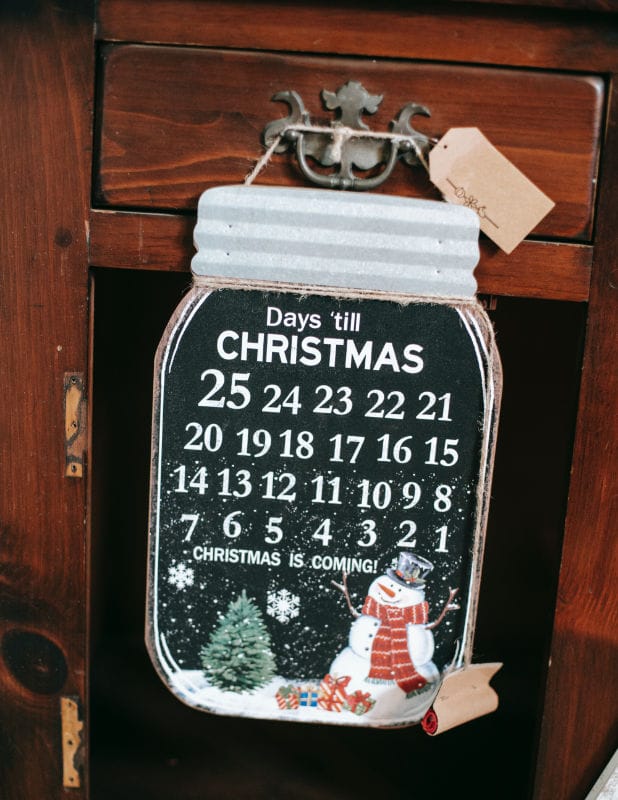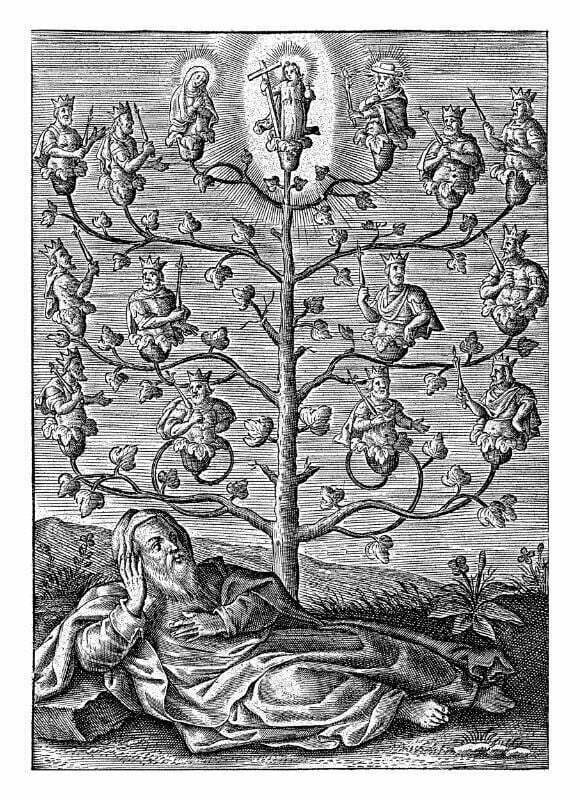Advent is when we prepare for Christmas; the wreaths, candles, ornaments and calendars are all Advent symbols we use to celebrate this particular time of the year.
It is a period observed in various Christian denominations leading up to Christmas. During Advent, believers focus on the themes of hope, peace, joy, and love as they prepare to celebrate the birth of Christ.
Advent symbols play a crucial role in deepening the spiritual experience of this season. Each decoration and tradition carries profound meaning, connecting individuals and communities with the rich tapestry of Christian history and beliefs. These advent symbols serve as visual reminders of the spiritual journey through Advent.
This blog will explore a curated list of Advent symbols, focusing on five key decorations, traditions, and more that enrich the Advent experience. This blog aims to provide insights, inspiration, and a deeper understanding of the symbols that make Advent a memorable and meaningful season.
Join us as we unwrap the layers of tradition and symbolism woven into the fabric of Advent, enhancing the joy and contemplation of this sacred time.
1) Advent Wreath
A wreath is often used as a symbol of the coming or birth of Christ. It is a circle of evergreen branches or candles. It’s used to symbolise the importance of waiting for Jesus. The four coloured candles represent the four weeks of Advent and are lit each week of December leading up to Christmas Day.
The wreath can be decorated with fruits, nuts, and berries that represent the coming of springtime or new life.
2) Advent Calendars
Advent calendars, simple or elaborate, are a fun tradition. Some people also use it to count the days until Epiphany (the end of the Christmas season). And still, others use it to count down the days until Candlemas, which marks the end of the Christmas season on February 2nd or 3rd.
Today, Advent calendars come in many forms, ranging from traditional paper calendars with tiny doors to digital versions and even unique DIY creations. While some maintain a religious focus with Bible verses or religious images behind each door, others offer various surprises, from chocolates and candies to small toys and trinkets.

It is also a delightful way to count the days until Christmas. Whether it’s a physical calendar with doors to open or a digital version, the principle remains the same. Daily, from December 1st to December 24th, reveals a new surprise or activity. Families may gather each day to unveil the day’s treat, fostering a sense of togetherness and shared anticipation.
The daily unveiling of an Advent calendar is a simple reminder of the beauty of anticipation. The Advent calendar, one of the popular advent symbols, encourages slowing down and savouring each moment. This intentional waiting cultivates a sense of patience, mindfulness, and appreciation for the journey leading up to Christmas.
3) One of the traditional Advent Symbols is the Advent Candles
Traditionally, there are three purple advent candles, one pink or rose-coloured candle, and one white candle.
The purple candles represent penance and the birth of Christ the King.
These get lit on the first 3 Sundays of Advent.
The pink candle represents joy and happiness. This candle gets lit on the 4th Sunday of Advent.
The white candle represents light and purity. This is a large candle in the centre and means peace.
The candle holders are usually made from wood or glass, with the number and type varying according to personal preference.

4) What is a Jesse Tree?
The Jesse Tree started in the Middle Ages. It’s a type of Advent calendar. It’s named after Jesse, who was David’s father and who is said to be the ancestor of Jesus (Isaiah 11:1A shoot will spring from the stock of Jesse, and a new shoot will grow from his roots.).
We decorate a Jesse tree with ornaments that represent the stories of people, the different prophesies, and events from the Old Testament up to the birth of Jesus. The Jesse Tree is one way to help children understand the story of Jesus’ birth and his ancestors.
The tree starts bare at the beginning of Advent and then gets more and more decorated as the weeks go on. Here is an example of ornaments below:

5) Nativity scene
The Nativity scene has always been a portrayal of the moment when Jesus Christ was born. It consists of figurines that depict the event of his birth.
The Baby Jesus lies in a manger surrounded by figurines of Mary, Joseph and three wise men (or magi). It may also include other nativity figures, like angels, shepherds, and animals.
Throughout the ages the depiction of the Nativity scene has undergone transformations. While classic renditions commonly showcase figurines crafted from wood, clay or porcelain, contemporary interpretations can now be discovered in an array of materials, sizes and artistic styles. Some Nativity scenes incorporate cultural elements, reflecting the diversity of global Christian traditions. From intricately carved scenes to minimalist and contemporary representations, the Nativity scene continues to adapt to the artistic expressions of different cultures and generations.
Symbolism Behind Each Figure
The Nativity scene typically includes essential figures such as Mary, Joseph, the baby Jesus, angels, shepherds, and the Three Wise Men. Each figure holds symbolic significance:
- Mary and Joseph: Symbolising humility, devotion, and parental love.
- Baby Jesus: Representing the divine incarnation and the central focus of the Christmas story.
- Angels: Announcing the good news and praising the birth of the Savior.
- Shepherds: Reflecting the simplicity and accessibility of the message of Christ’s birth.
- Three Wise Men (Magi): Signifying the universal appeal of Jesus as the Savior for all, regardless of social or cultural background.
Setting up a Nativity scene is a good old tradition in many households and communities. Families often display the scene prominently in their homes, with some incorporating additional elements like stable settings, twinkling lights, or even live animals. It is common for families to gradually add the figures to the scene throughout the Advent season, building anticipation for the moment when baby Jesus is finally placed in the manger on Christmas Eve.
The Nativity scene is a tradition observed during the holiday season in countries across the globe. It holds meaning in Christian nations as it represents one of the most cherished narratives within their faith.
Conclusion
As we conclude this exploration into Advent symbols, decorations, and traditions, let us be reminded of the profound significance embedded in this season of anticipation. The diverse array of symbols, from Advent wreaths to Nativity scenes, beckons us to embrace the spirit of Advent—a time of reflection, hope, and joy.
In the spirit of this beautiful season, we extend heartfelt wishes to each reader for a joyful and meaningful Advent. May this preparation time be filled with moments of quiet reflection, shared laughter with loved ones, and deep gratitude for the gift of hope that Christmas represents.
Images Used
Photo by Any Lane: https://www.pexels.com/photo/decorative-advent-calendar-with-christmas-illustration-in-house-5727795/





0 Comments